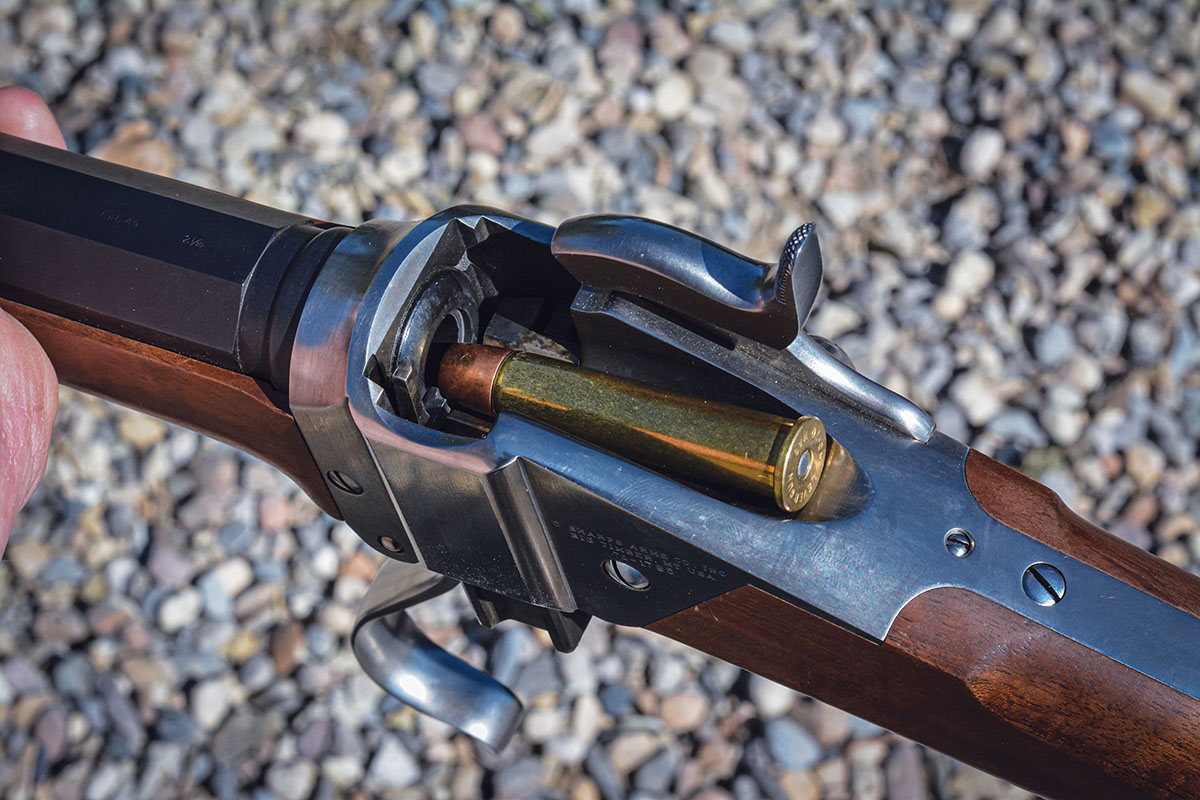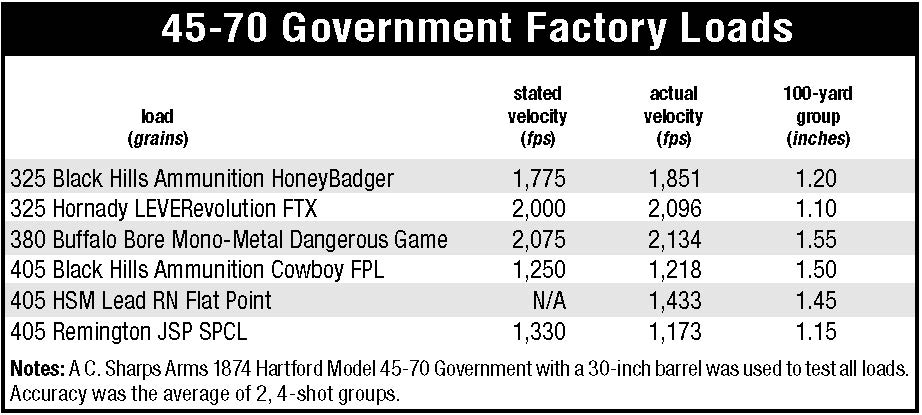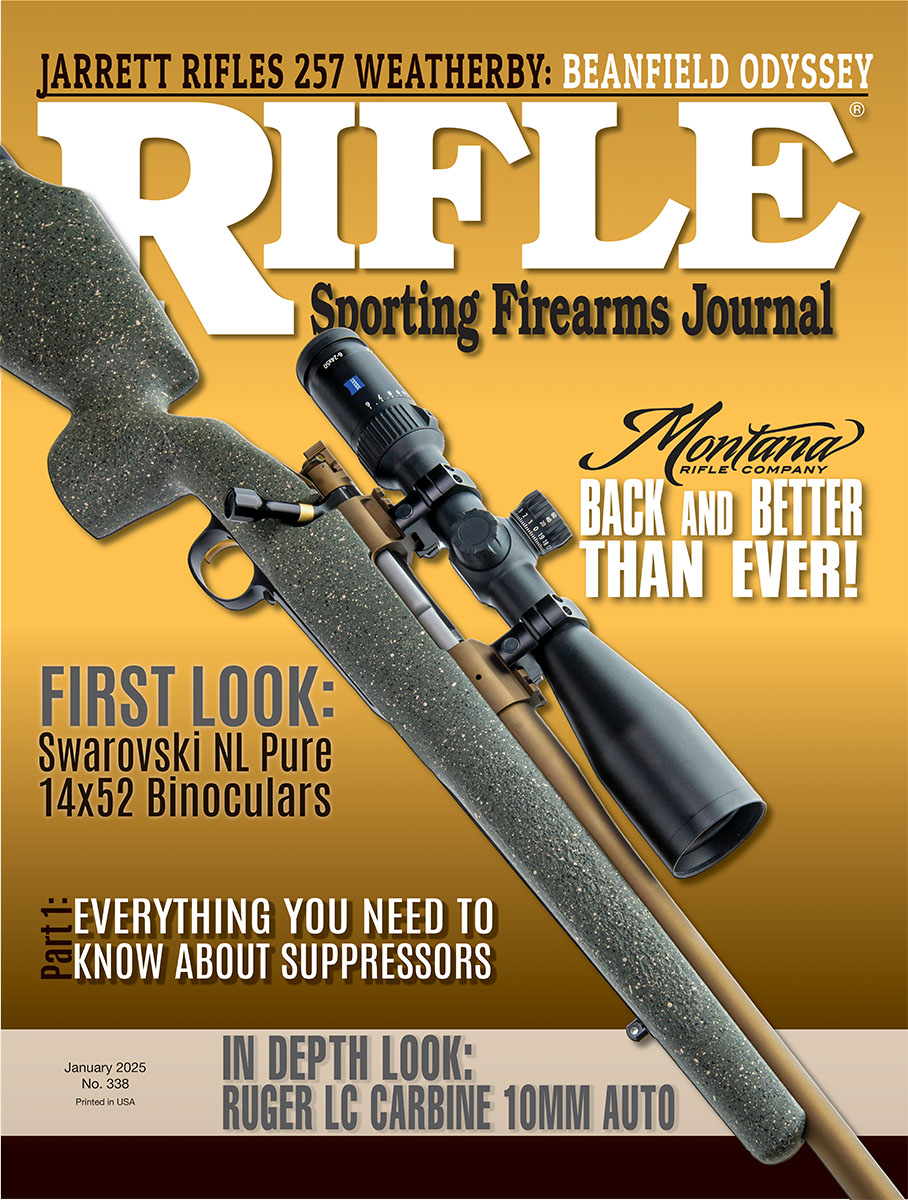Mostly Long Guns
C. Sharps Arms Hartford Model 1874
column By: Brian Pearce | January, 25
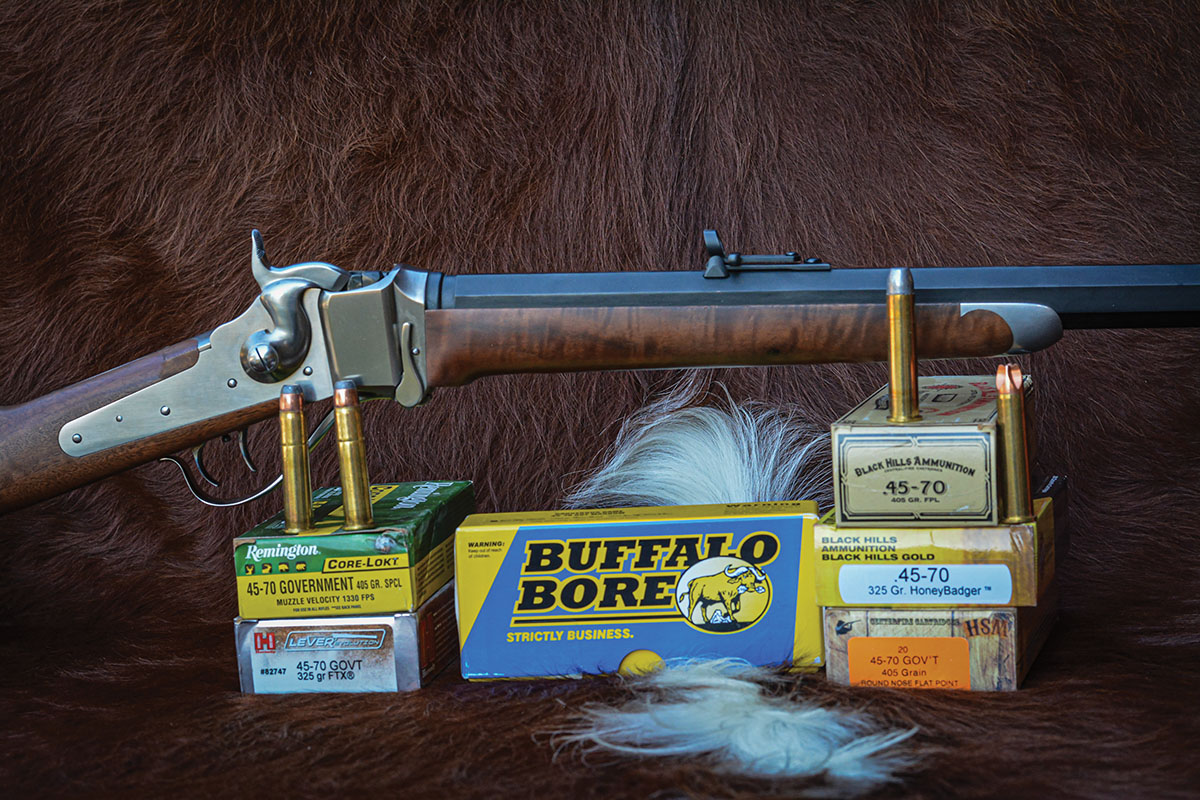
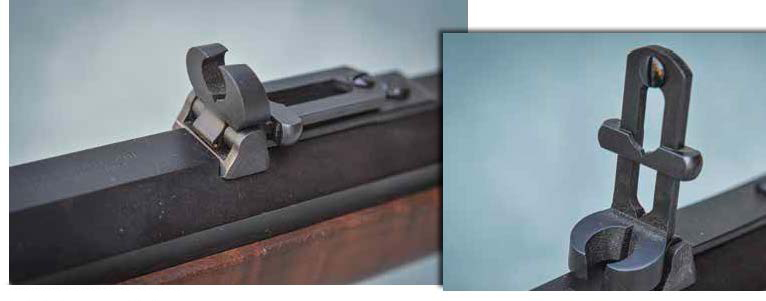
Today, original rifles command a premium, especially high-condition examples that are suitable for accurate shooting. Reproductions are the obvious solution, with respectable examples being produced in Italy by David Pedersoli, A. Uberti and Armi Sport. However, there are two USA-based companies producing very, very high-quality reproductions that include Shiloh Manufacturing and C. Sharps Arms Company, which are both 100% manufactured in Big Timber, Montana. Both companies have been in business since around 1975 or 1976 (and that’s a story for another day), and parts are fully interchangeable with the originals. I own rifles manufactured by both and highly recommend either, as they are extremely well-made, accurate and each gun is custom-made to customer specifications.
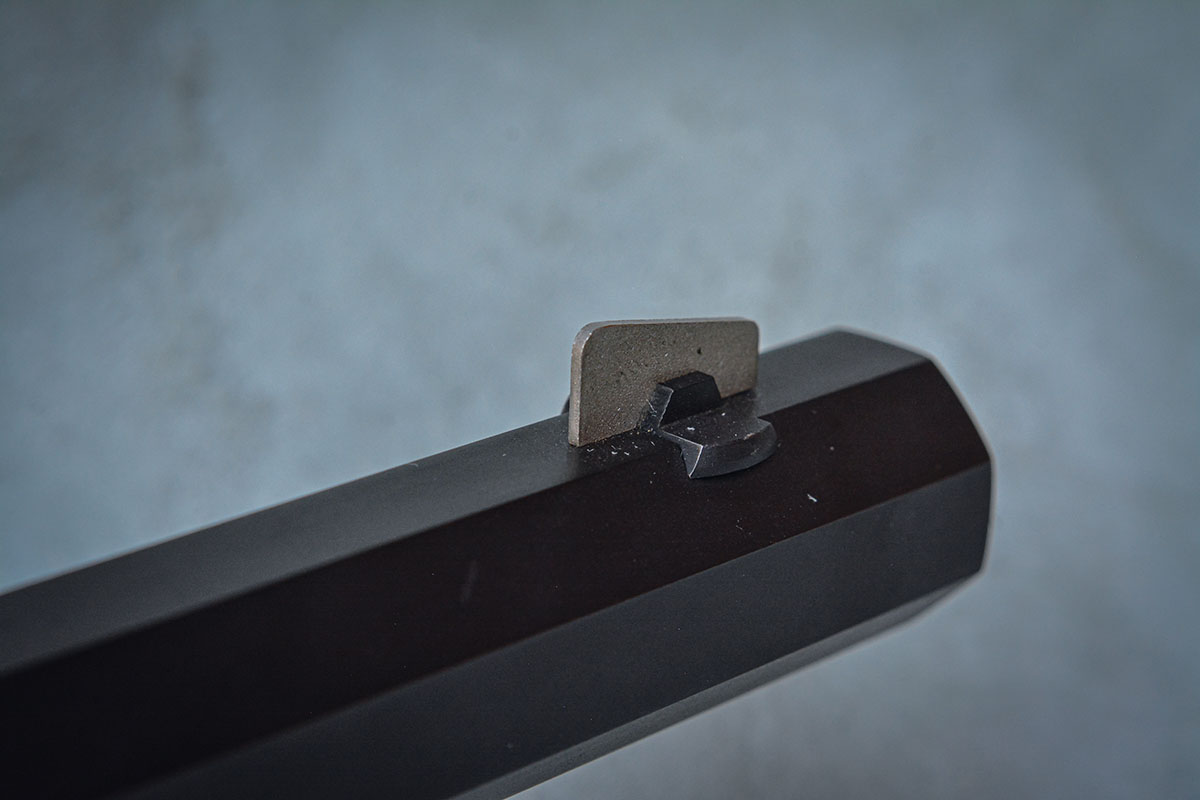
The Shiloh and C. Sharps rifles are not mass-produced; rather every gun is meticulously crafted and displays impeccable quality and workmanship. They are striking guns, as even an untrained eye will quickly recognize. They are special, with old fashioned walnut stock, perfectly machined and polished blue steel that is blended together with old world style hand craftsmanship, perfect inletting, etc., which seems to be an art that is quickly disappearing from our modern world in favor of synthetics. But the demand remains very high for these fine rifles, as Shiloh currently has a waiting list of around 30 months, while C. Sharps is around 12 to 14 months.
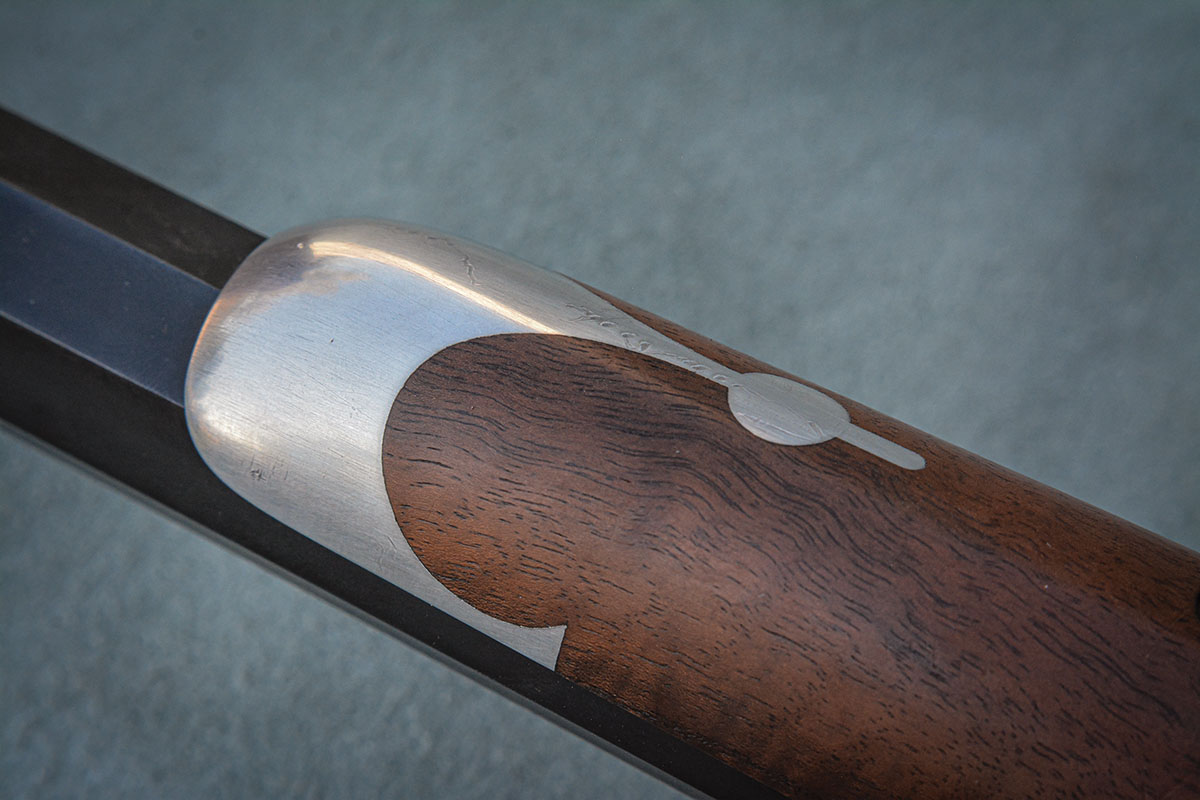
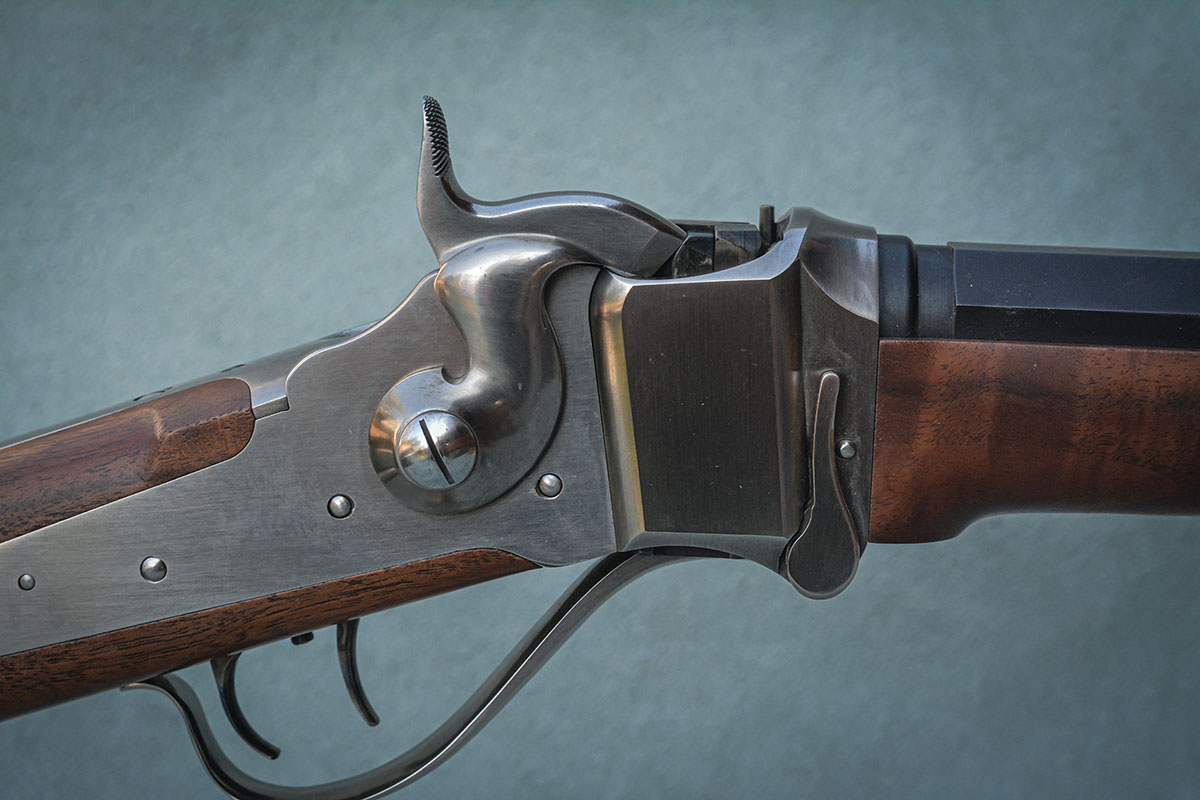
The receiver is constructed of 8620 steel, which, combined with the inherit strength of a falling block action, it’s a strong rifle capable of handling all +P style 45-70 loads intended for modern Marlin Model 1895 rifles that is generally around 43,500 psi. In fact, C. Sharps Arms suggests that it is capable of handling “starting loads for the Ruger No. 1.” As such, the gun is capable of pushing 400- and 405-grain JSP or 430-grain cast bullets to 2200 fps and is capable of taking all of North America’s big game, but is also suitable for most African game.
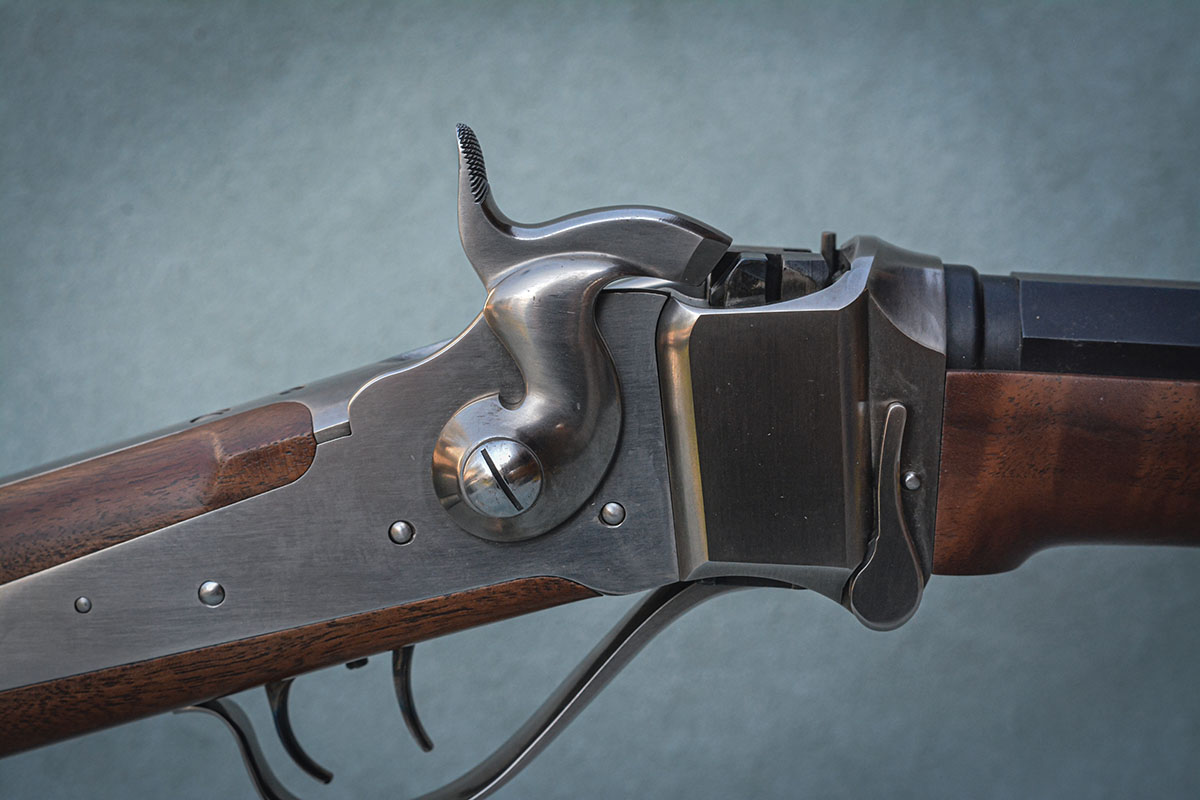
Before pulling the trigger, it should be mentioned that the hammer has three traditional positions. However, before opening the action to check to see if the gun is unloaded or to load a cartridge in the chamber, the hammer should be brought to the safety notch (the first click) to prevent damaging or possibly breaking the firing pin. And generally, it’s best to pull the rear set trigger after the hammer is in the full cock position.
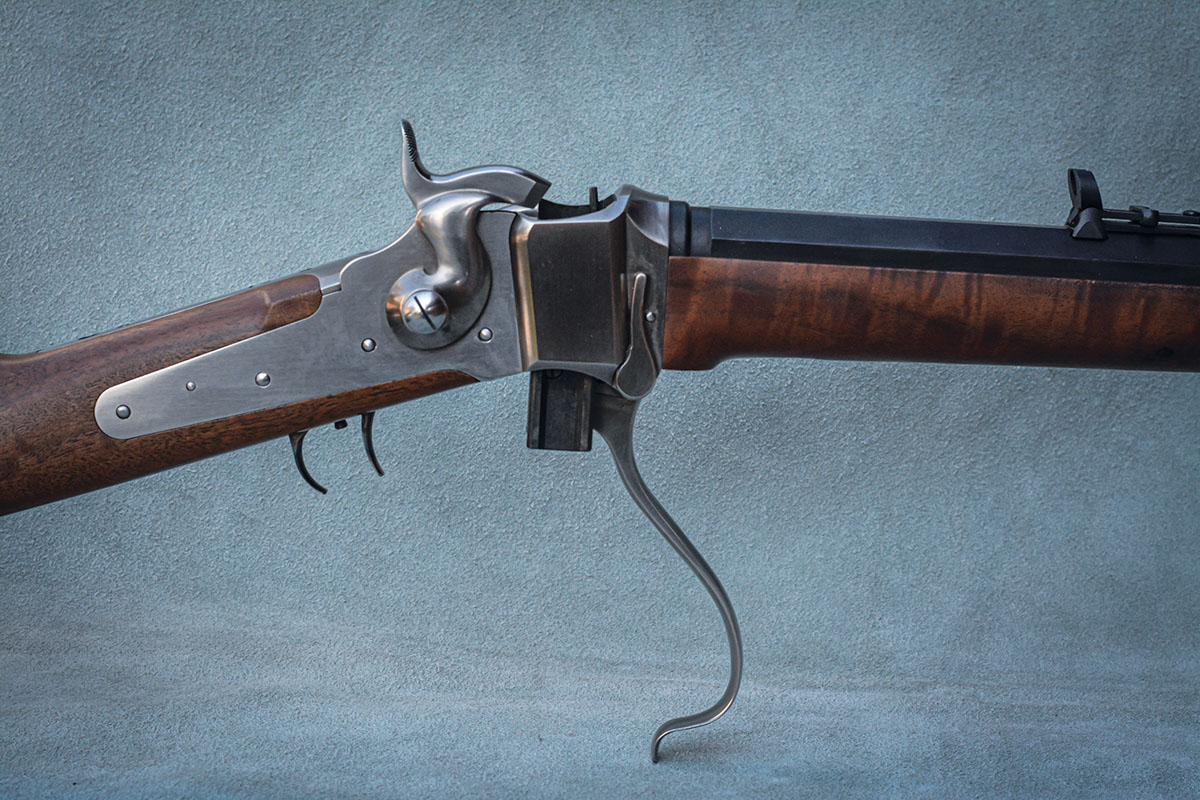
As can be seen in the accompanying chart, several factory loads were tried from Black Hills Ammunition, Buffalo Bore, Hornady, HSM, and Remington. From a bench with sandbag rest, some of the more accurate loads produced 4-shot groups from 1.1 to 1.25 inches at 100 yards. For example, the Hornady LEVERevolution 325-grain FTX load produced 2096 fps and grouped into 1.10 inches. The old Remington 405-grain JSP load produced an average group of 1.15 inches, while Black Hills 325-grain HoneyBadger grouped into 1.20 inches.
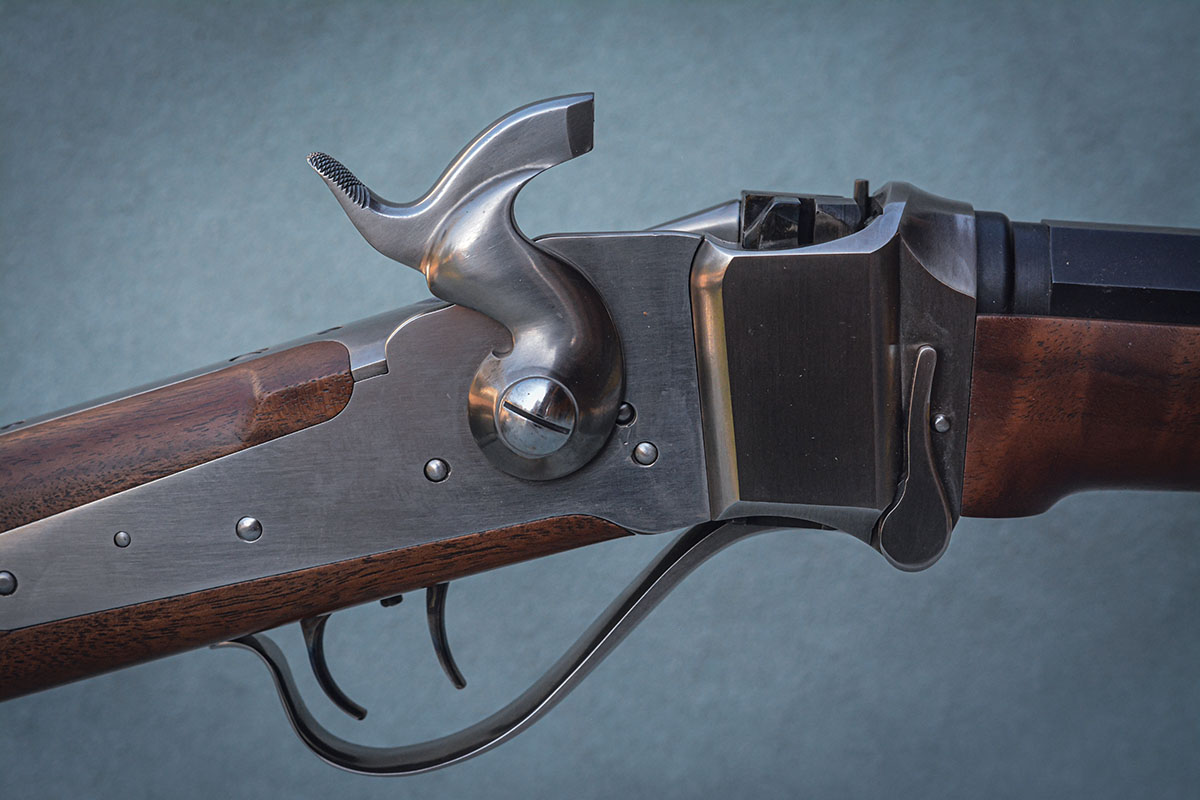
Moving on to handloads, naturally with cast bullets, one of my favorites in the 45-70 is from RCBS mould No. 45-405-FN that weighs around 415 grains with my alloy and features a gas check. Starting with new Starline cases capped with a CCI BR-2 primer, charged with 47.0 grains of Accurate A-2015 powder, velocity reached 1817 fps, and the extreme spread was just 12 fps for five shots. And the pressure is only 27,000 psi! Four shot groups hovered between .90 and 1.30 inches. The second load consisted of the Redding/Saeco No. 881 bullet that weighs 505 grains. Using 44.0 grains of Hodgdon Varget powder, velocity was 1511 fps. It did not fare as well at 100 yards as the lighter bullet, as groups hovered around 1.30 to 1.80 inches. However, in firing those same loads at targets 400 to 600 yards, the accuracy was good, and the bullet seemed to be fully stabilized, but that is a subject for another day.
It might be interesting to mention that C. Sharps Arms offers high-quality reproductions of other vintage single-shot rifles, including the 1875 and 1877 Sharps, 1879 Hepburn, 1885 Lowwall, 1885 Highwall, and the Hopkins & Allen.
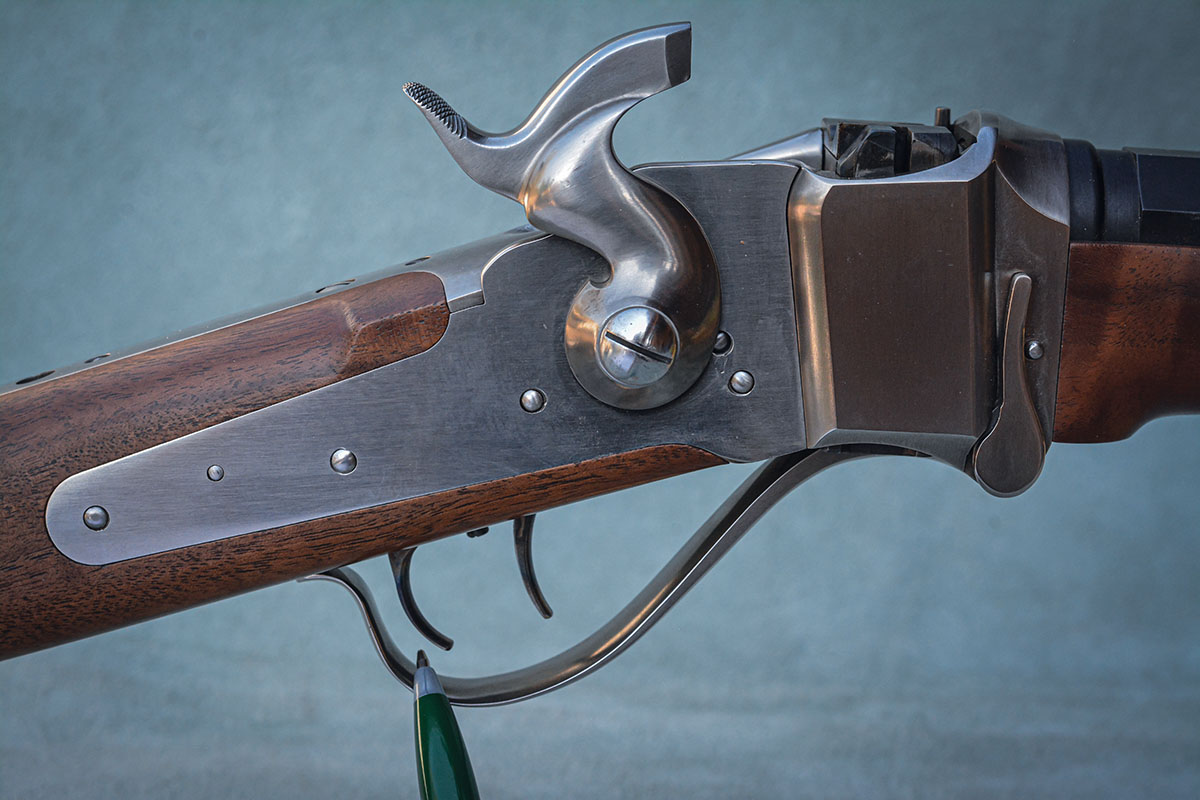
Considering the history, high quality, old-world style craftsmanship, accuracy, and tremendous fun that this unique rifle offers, it’s a bargain!
